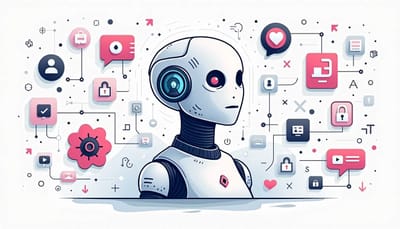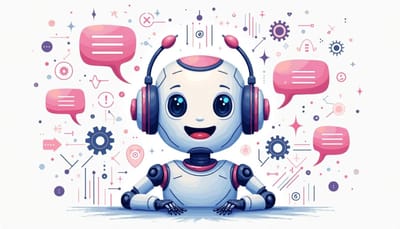Bias in AI: AI Chatbot Essentials
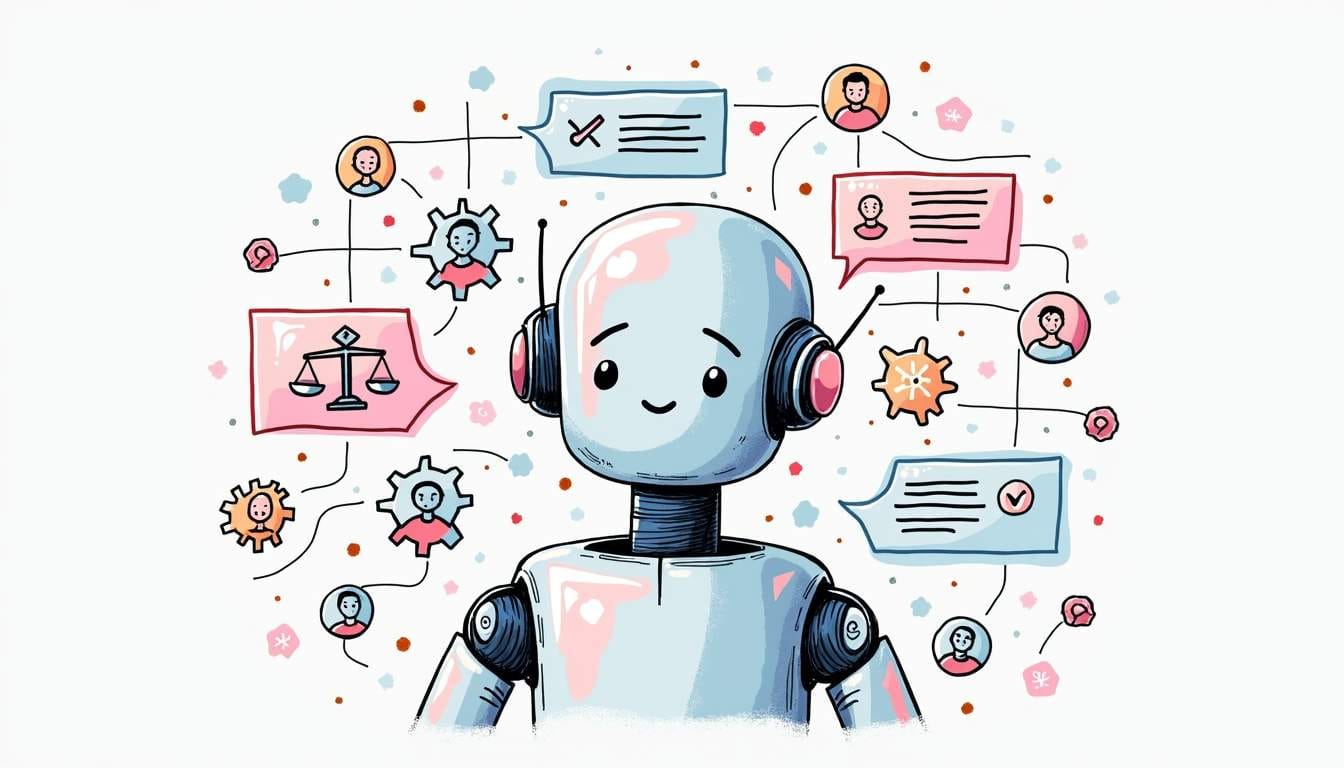
Welcome, dear reader, to the wild and wacky world of AI Companion Chatbots! We're about to embark on a thrilling journey, exploring the fascinating (and sometimes controversial) topic of bias in artificial intelligence. Buckle up, because it's going to be a fun ride!
Now, you might be wondering, "What on earth is bias in AI? And how does it relate to companion chatbots?" Well, fear not! By the end of this glossary article, you'll be a veritable expert on the subject. So, without further ado, let's dive right in!
Understanding Bias in AI
First things first, let's get to grips with what we mean by 'bias' in the context of artificial intelligence. In the simplest terms, bias refers to a tendency to lean in a certain direction, often to the detriment of other perspectives or possibilities. In AI, this can manifest as skewed or prejudiced outputs, based on the data the AI was trained on.
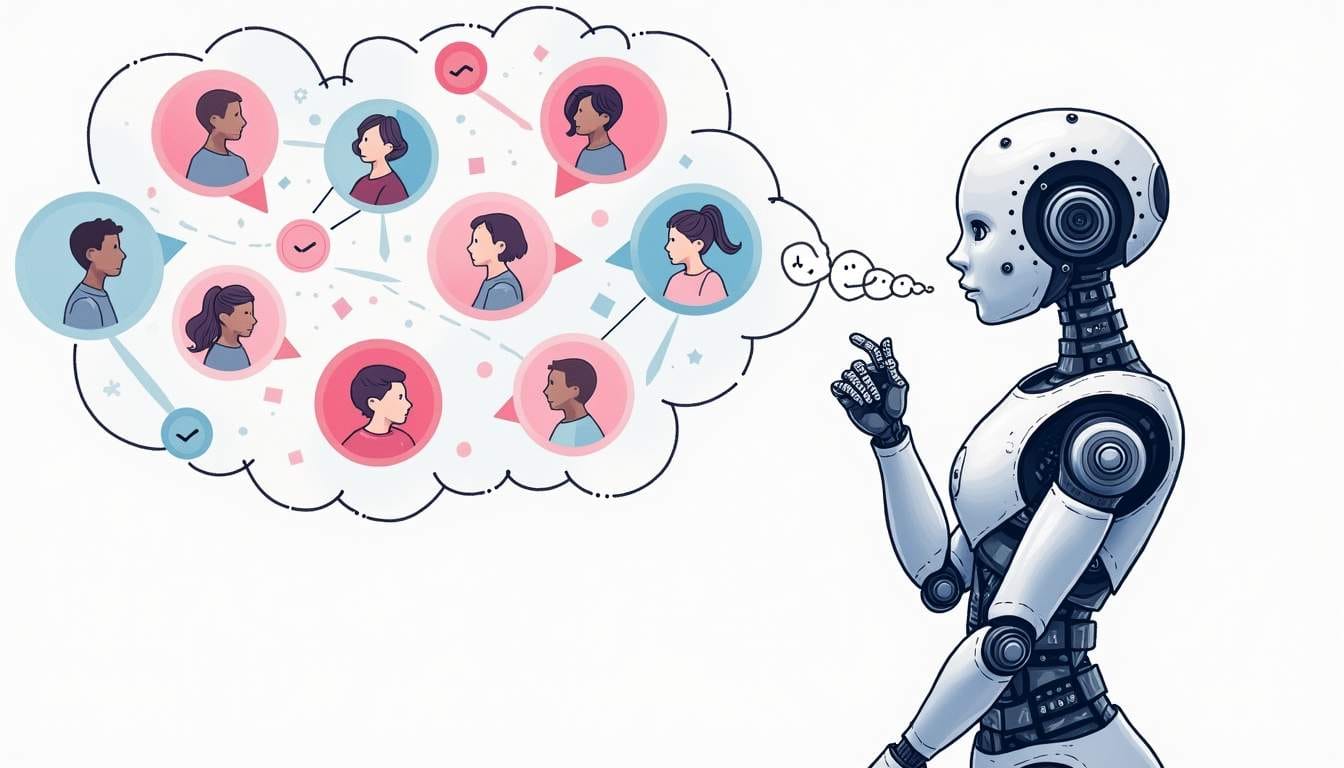
But wait, there's more! Bias in AI isn't just about the data. It can also creep in through the design and development process, the algorithms used, and even the objectives set for the AI. It's a sneaky little bugger, isn't it?
The Role of Data in AI Bias
Let's start with the most common culprit: data. AI systems, including companion chatbots, learn from the data they're fed. If this data is biased, the AI will be too. It's like teaching a parrot to swear - if all it hears is foul language, that's all it'll know how to say!
For example, if a chatbot is trained on data that contains sexist or racist language, it may end up reproducing these biases in its interactions with users. Similarly, if the data reflects certain stereotypes or prejudices, the chatbot may end up perpetuating these harmful views.
Algorithmic Bias and AI
Moving on, let's talk about algorithms. These are the mathematical models that power AI systems, determining how they process data and make decisions. If these algorithms are biased, the AI will be too. It's like a cook following a flawed recipe - no matter how good the ingredients are, the dish will still turn out wrong!
For instance, if an algorithm is designed to prioritize certain types of data or responses, it may end up discriminating against others. This can result in biased outputs, even if the underlying data is perfectly balanced.
AI Companion Chatbots: A Brief Overview
Now that we've covered bias in AI, let's turn our attention to companion chatbots. These are AI-powered virtual assistants designed to interact with users in a friendly, conversational manner. They're like your own personal Jeeves, always ready to help out with a witty quip or a useful piece of information!
Companion chatbots can be used in a variety of contexts, from customer service and mental health support, to education and entertainment. However, like all AI systems, they're susceptible to bias, which can impact their effectiveness and user experience.
How Companion Chatbots Learn
Companion chatbots learn from the data they're trained on, much like other AI systems. This can include text from books, websites, and other sources, as well as user interactions. The more diverse and balanced this data is, the better the chatbot will be at understanding and responding to a wide range of users.
However, if the training data is biased, the chatbot may end up reproducing these biases in its interactions with users. This can lead to offensive or inappropriate responses, and may alienate certain user groups.
The Impact of Bias on Companion Chatbots
Bias can have a significant impact on the effectiveness and user experience of companion chatbots. If a chatbot is biased, it may not understand or respond appropriately to certain users or inputs. This can lead to frustration, misunderstanding, and even harm.
For example, if a chatbot is trained on data that reflects gender stereotypes, it may end up reinforcing these stereotypes in its interactions with users. This can perpetuate harmful views and discrimination, and may deter certain users from using the chatbot.
Combating Bias in AI Companion Chatbots
So, how can we combat bias in AI companion chatbots? Well, it's not easy, but there are several strategies that can help. These include diversifying the training data, auditing the algorithms, and setting clear, unbiased objectives for the AI.
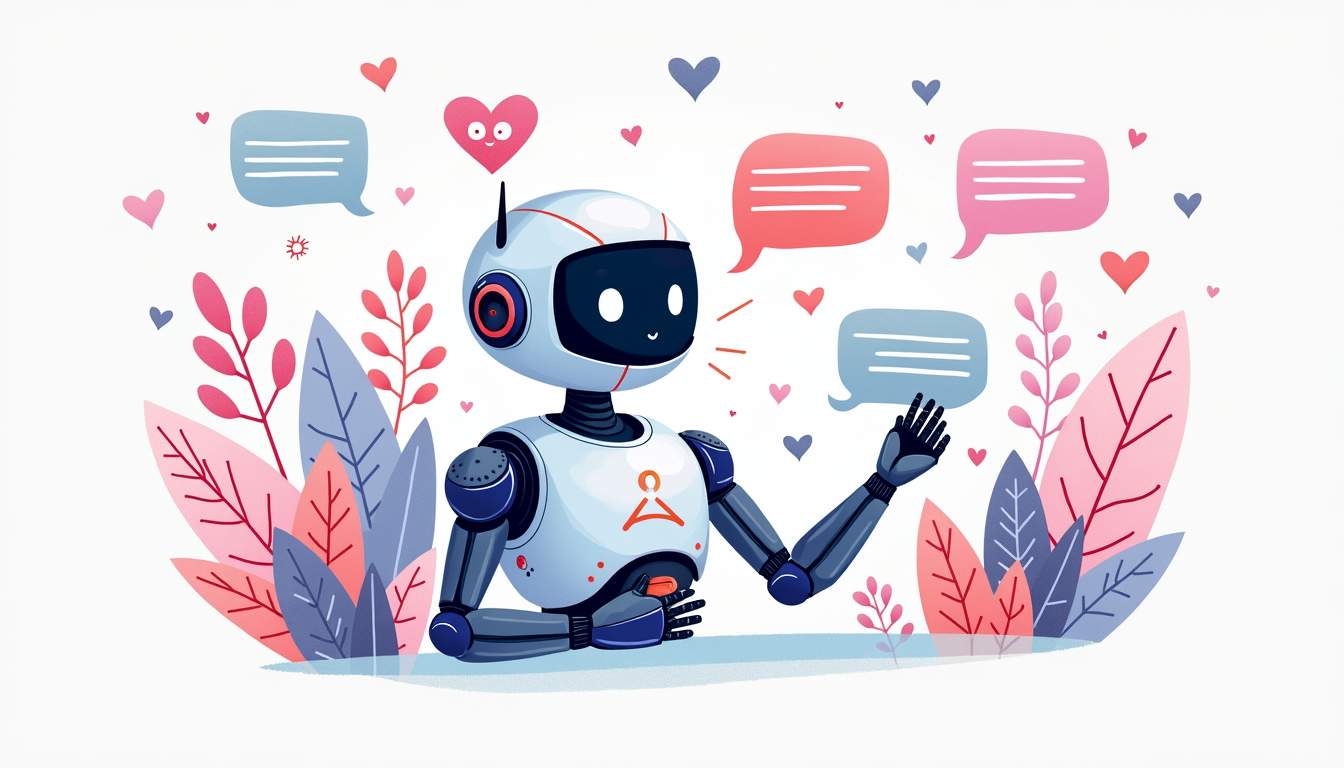
Let's take a closer look at each of these strategies, and how they can help to reduce bias in companion chatbots.
Diversifying the Training Data
The first step in combating bias in AI is to diversify the training data. This means including data from a wide range of sources, perspectives, and demographics. The more diverse the data, the less likely the AI is to develop biased outputs.
For companion chatbots, this could mean training the AI on text from different cultures, genders, age groups, and so on. It could also mean including data that challenges stereotypes and prejudices, to help the chatbot learn a more balanced view of the world.
Auditing the Algorithms
The next step is to audit the algorithms used by the AI. This involves checking the algorithms for any biases or flaws, and correcting them where necessary. It's a bit like proofreading a document - you're looking for errors and inconsistencies that could affect the final output.
For companion chatbots, this could mean checking the algorithms for any biases in how they process data or generate responses. For example, if the algorithm tends to favor certain types of data or responses, this could lead to biased outputs.
Setting Clear, Unbiased Objectives
Finally, it's important to set clear, unbiased objectives for the AI. This means defining what the AI is supposed to do, and how it should do it, in a way that avoids bias. It's a bit like setting the rules for a game - you want to make sure everyone has a fair chance of winning.
For companion chatbots, this could mean setting objectives that prioritize understanding and responding to a wide range of users and inputs, rather than favoring certain types or groups. It could also mean setting objectives that challenge stereotypes and prejudices, to help the chatbot promote a more balanced view of the world.
Conclusion: The Importance of Addressing Bias in AI Companion Chatbots
And there you have it, folks! A comprehensive guide to understanding and combating bias in AI companion chatbots. It's a complex issue, but one that's crucial to address if we want to create AI systems that are fair, effective, and beneficial for all users.
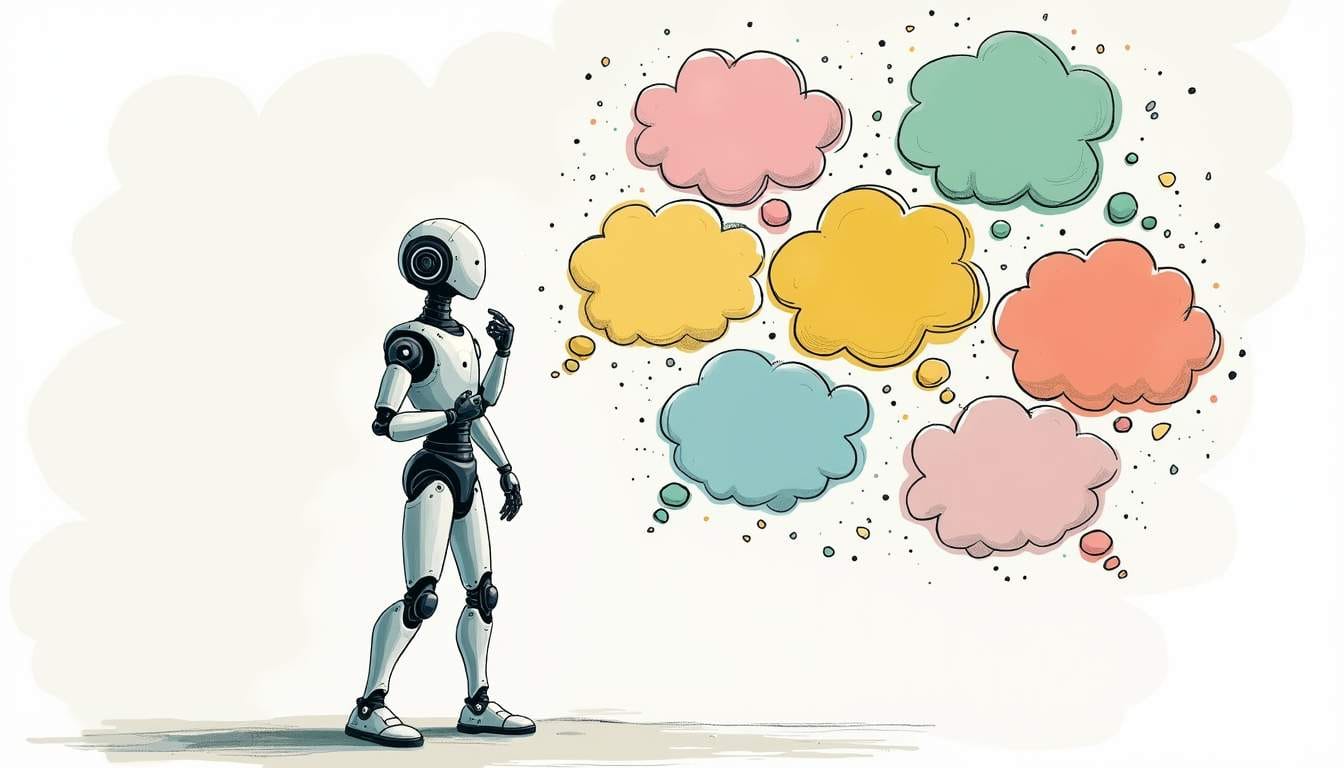
So, next time you're chatting with a companion chatbot, spare a thought for the data, algorithms, and objectives that shaped its responses. And remember, it's up to all of us to challenge bias, in AI and in life, to create a more inclusive and equitable world. Happy chatting!
No spam, no sharing to third party.

